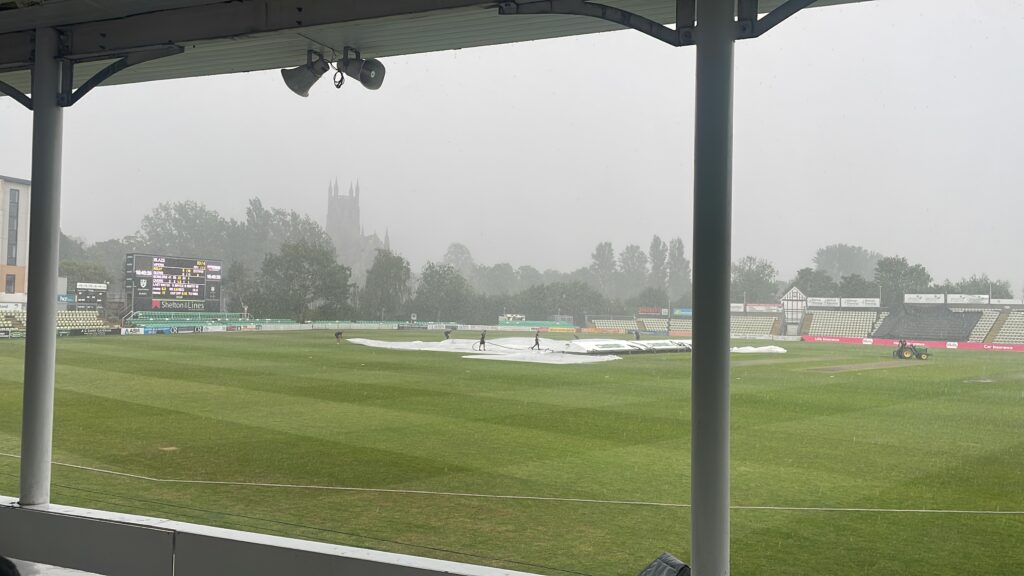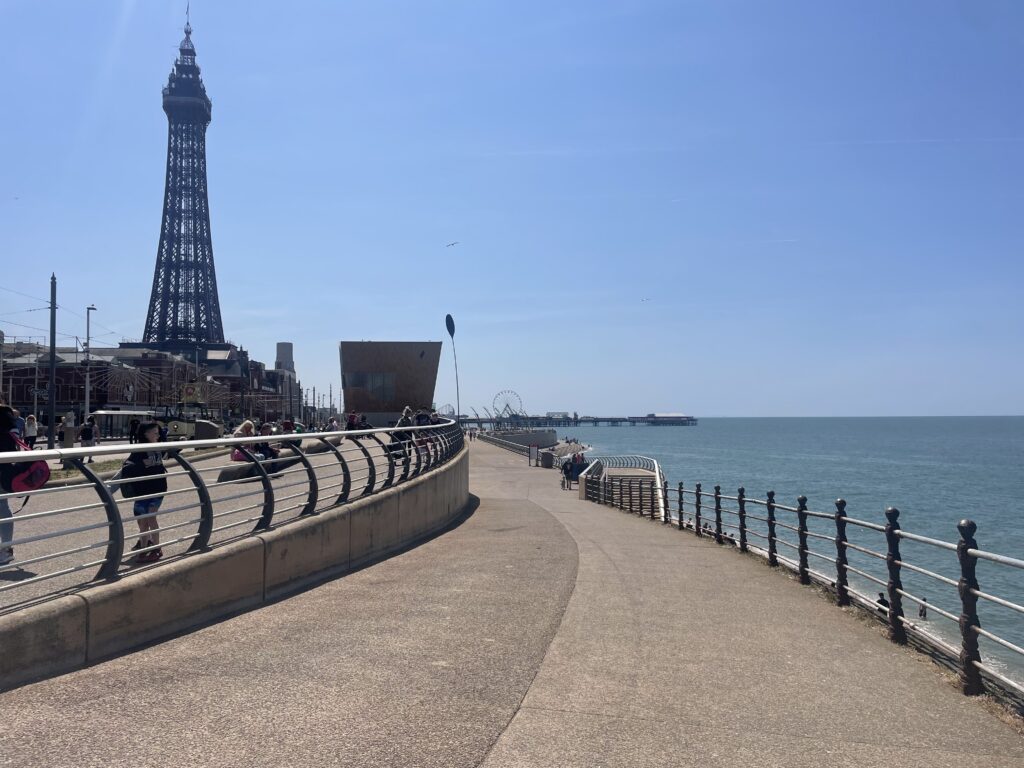Two train stations in Worcester: reflections on covering the Charlotte Edwards Cup

If I learned one thing from my time covering the Charlotte Edwards Cup, it is that there are two train stations in Worcester. Let me explain…
After attending the rain-affected final at New Road, Worcester, I made my way back to the train station to catch the last train of the day back to London. Upon arrival at Worcester Shrub Hill, I was alarmed to not see my train on the departure board. A quick check of my ticket confirmed I was set to board the train at Worcester Foregate Street, in seven minutes.
Despite my best efforts to run 1.5 miles in this time, I missed the last train. Luckily, I was able to stay with a friend overnight in Birmingham. So, covering the Charlotte Edwards Cup made me realise, in an unfortunate fashion, that there are two train stations in Worcester.
In all seriousness, there is a point to this story. Reporting on this competition took me all over the country, from Taunton and Southampton to Blackpool and Chester-Le-Street. It showed me, firsthand, the widespread popularity of cricket, with people all over England taking time out of their lives to come and spectate the Charlotte Edwards Cup.

It also demonstrated to me in much greater detail the fast-growing pace of the women’s game, and women’s sport in general. The success of the England side at the 2022 Euros, as well as The Hundred, were deservedly putting women’s sport under the spotlight. And from what I saw of the Charlotte Edwards Cup, this was beginning to have a greater effect.
In the nine games I saw live, I witnessed: greats of the English game, including Heather Knight, Fran Wilson, Lauren Winfield-Hill, and Anya Shrubsole; promising England internationals, including Issy Wong, Lauren Bell, Freya Kemp, and Amy Jones; and international stars, including Deandra Dottin, Nadine de Klerk, and Erin Burns.
You would expect such an iconic list of names in The Hundred, so the fact that you could witness these stars at grounds such as Taunton, Chester-Le-Street, and Stanley Park, Blackpool, shows the pedigree that players give to the Charlotte Edwards Cup.
It was an honour to be able to cover this tournament for The Cricketer, such a well-regarded publication, not just in cricket, but in the sports media. Furthermore, being paid for my work made this even more special. This was the reason I was able to cover the competition in the first place. I spent a lot of both my time and money between mid-May and mid-June on trains to get me to these grounds, so as a broke student the £250 that I got paid, which the online editor considered to be ‘nothing’, allowed me to justify the time taken for travel alone.

Overall, although I am happy with my coverage of the tournament, upon reflection I do think it could have been a little more extensive. In my opinion, even one or two more features focusing on the people involved in the tournament away from the cricket piece would boost my coverage a great deal. I do feel this is lacking from my submission, but emails sent to no avail, followed by me not having the time to pursue these seemingly dead-end trials due to starting full-time employment, meant I was unable to add these missing pieces to my coverage.
However, I do feel my submission offers well-rounded coverage of the tournament. It features at least one match report including each of the eight teams, as well as comprehensive coverage of the semi-final and final. Even though the weather-induced coverage use of the reserve day, which clashed with a work shift, meant I could not cover the conclusion of the Charlotte Edwards Cup in person, I still feel my report offers more than a report usually would if written from home.
I also feel my coverage is diverse, as it includes elements of audio and video. My video previews, which were posted on Twitter, improved as the tournament went on, with the purchase of a tripod much needed given the difficulty I had finding suitable places to prop up my phone.
Although I believe five podcasts was a good number to produce, I do wish I could have done one for each of the live games I was at. Upon reflection, TikTok should have also been a platform I used to create content for the competition, to reach a different kind of demographic.
📍Worcester
🏆Charlotte Edwards Cup Finals Day
☀️28°C
🎥Preview: pic.twitter.com/YpXZJGrfE4— Seth Nobes (@SethNobes) June 10, 2023
The main difficulty I came across when doing so was if the Charlotte Edwards Cup fixture was part of a doubleheader, meaning a Vitality Blast game would be held at the same ground an hour or so after the conclusion of the first game. As a result, I found it impossible to find a place in the ground, with fans finding their seats, and another cricket game going on, that was suitable to record a podcast. I could have recorded it at home, but long train journeys, and other things including my part-time shift work, meant it was difficult to find time to record it so it was still newsworthy.
Finally, despite the fact it was a great opportunity to be able to cover the tournament for The Cricketer, it was a shame that such a big cricketing publication was able to offer the chance for a relatively inexperienced writer to cover so many matches. If there is to be any sort of overhaul in the popularity of women’s sport, then publications like The Cricketer need to give it the coverage it deserves. Or at least, the same coverage offered to its male counterpart, the Blast. However, upon reflection, at least my coverage did offer more brand-specific match reports of the Charlotte Edwards Cup, which is better than none.
In conclusion, covering the Charlotte Edwards Cup offered me an incredible opportunity to travel the country, watch some top-class cricket, and get paid for doing so by a reputable publication. I am happy with my coverage, although I do acknowledge there are certain elements that, upon reflection, could be improved upon. I will take these reflections and apply them to the work I produce in the future.
I would like to thank Sam Morshead for giving me this opportunity, and Daniel Gallan for supporting me through my final project.